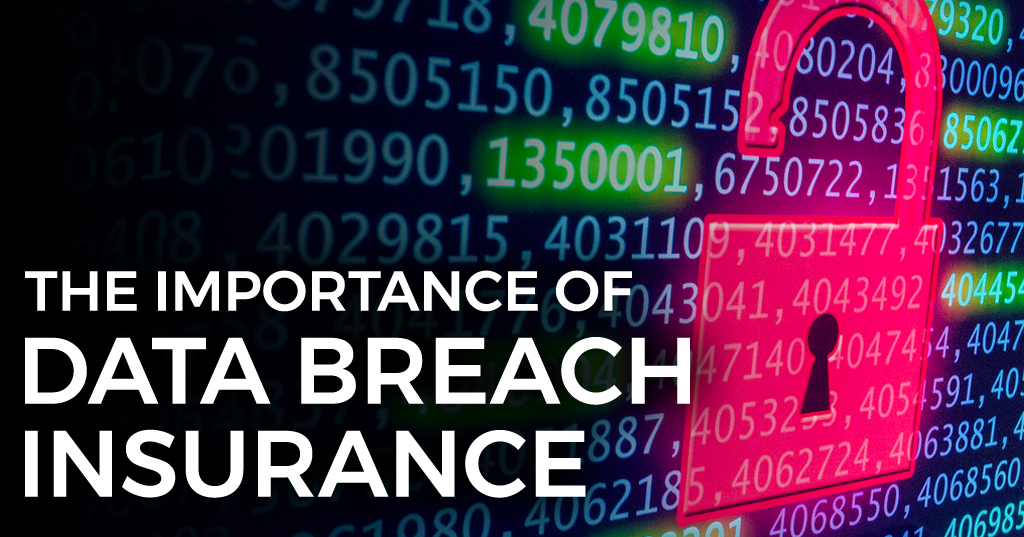Creating a competitive advantage should be one of the main concerns you have as a business owner. Utilizing the power of technology is a great way to bring your small business into the 21st century. The longer you insist on using outdated tools and marketing methods for your company, the harder you will find it to grow your customer base. Read on to find out more about the ways technology can benefit your business.
1. A great website helps you create more business
One of the main things you need to bring your business into the 21st century is a website. When done the right way, a website is a visual representation of what your business can offer. Making sure the website you have built is mobile-friendly is important.
Making your business website easy to find is also something you need to focus on. Creating web content and blogs that are filled with relevant keywords is one of the best ways to increase website traffic. With the help of marketing professionals, creating and implementing an effective SEO strategy will be much easier.
2. Social media is powerful
Are you looking for a way to build stronger relationships with existing and prospective customers? If so, utilizing the power of social media is a great idea. A study conducted by the team at Pew Internet Research found that nearly 68 percent of adults in the United States use social media daily. Posting high-value content on your company’s social media pages is a great way to create sales leads.
3. Simplify invoicing
A recent article published by Viewpost states that nearly 18 percent of small businesses in the United States don’t use any type of accounting software. Simplifying the invoicing process and reducing errors is much easier when using software like QuickBooks.
This software allows you to quickly create and track customer invoices. Not only will this program provide you with notifications when customers pay an invoice, it will also send automated reminders to your clients regarding overdue invoices.
4. Increase efficiency with project management software
Does your company have a number of projects going on simultaneously? Keeping up with the progress of each one of these projects is essential to the success of your company. Using project management systems such as Basecamp is a great way to keep the various projects you have on track. These types of programs allow each member of your team to access items such as schedules and client documents with ease.
5. Streamline customer payments
The system you have in place to pay your employees and vendors should be easy to use. If the existing payment system you have in place is cumbersome or outdated, now is the time to make a change. Programs such as QuickBooks make digitizing payments and paperwork simple.
The QuickBooks program allows customers to pay their invoices by credit card or bank transfer. QuickBooks accepts payments 24/7 and provides you with the ability to transfer money to your bank free of charge. This software will automatically match the payments you receive with the corresponding invoices, which saves you a lot of time.
6. Keep customers informed with email newsletters
Providing your customers with routine updates on what your company is doing can help you keep them loyal. One of the best ways to provide this information is via a monthly email newsletter. These types of newsletters will also allow you to market new products and services to an audience that is already interested.
The team at Kenneally Technology Services specializes in helping business owners implement and maintain new technology. Whether you need an information technology security assessment or hosted cloud solutions, Kenneally Technology Services can help you out. Give them a call today to find out more about the services they offer.















